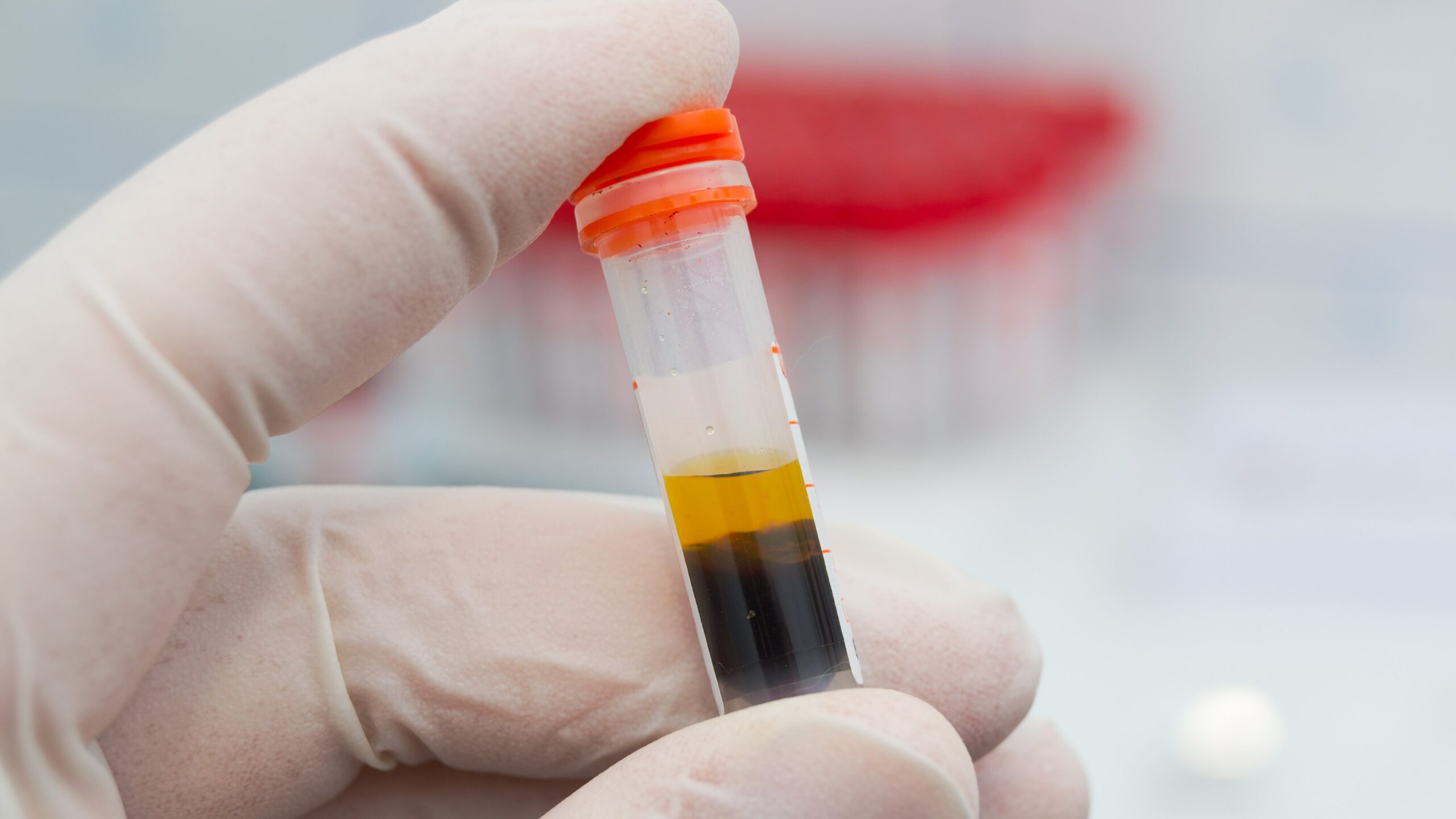
There are known associations between plasma uric acid level, gout attacks, and urolithiasis. Plasma uric acid is also associated with the progression of chronic kidney disease (CKD) and increased cardiovascular mortality among patients with CKD. Some patients with CKD experience wide fluctuations in plasma uric acid levels.
Few data are available on the clinical significance of those fluctuations. Due to the increase in the elderly population, researchers in Japan hypothesized that there may be an association between the fluctuation and adverse prognoses, including increased orthopedic admissions among elderly patients with CKD.
During a poster session at ASN Kidney Week 2024, Hiroshi Tanaka, MD, PhD, of the Mihara Red Cross Hospital, Mihara, Hiroshima, Japan, presented the results of a hospital-wide study examining the possible association. The poster was titled Patients With CKD With Wide Fluctuations in Plasma Uric Acid Levels Are Prone to Have Faster Decline in eGFR and High Chance of Orthopedics Admissions.
The study included patient laboratory data for 43 years and two months. Patients ≥18 years who did not require dialysis with data on estimated glomerular filtration rate (eGFR) calculated over 731 days were included. Eligible patients had eGFR <60 mL/min/1.723 m2 and a minimum of three uric acid measurements. Standard deviation, coefficient of variation (CV), and interquartile range were used to analyze fluctuations in uric acid level.
The cohort included 1,103 patients. Patients in the widest quartile in CV (wide fluctuations in plasma uric acid) had a faster decline in eGFR than those in the narrower three quartiles (–2.67 vs –1.01 mL/min/1.73 m2/yr; P<.0001). Analyses with SD and IQR confirmed a virtually identical trend.
Compared to normouricemic patients, those with hyperuricemia (higher than median plasma uric acid level) had faster eGFR decline (–2.61 vs –1.02 mL/min/1.73 m2/yr; P=.0015). Hyperuricemic patients with wide fluctuations in plasma uric acid had an even faster decline in eGFR compared to others in the cohort (–3.64 vs –1.66 mL/min/1.73 m2/yr; P<.0001).
The risk of orthopedic admission at 52 months was significantly higher among patients with wide fluctuations in uric acid level than among those with narrow fluctuations (14.9% vs 9.1%; P=.02).
In summary, Dr. Tanaka said, “Wide fluctuation in plasma uric acid level is associated with faster eGFR decline and risk of orthopedic admissions.”
Source: Tanaka H. Patients with CKD with wide fluctuations in plasma uric acid levels are prone to have faster decline in eGFR and high chance of orthopedic admissions. TH-PO1030. Abstract of a poster presented at the American Society of Nephrology Kidney Week 2024; October 24, 2024; San Diego, California.







 © 2025 Mashup Media, LLC, a Formedics Property. All Rights Reserved.
© 2025 Mashup Media, LLC, a Formedics Property. All Rights Reserved.